Shopping for the latest and greatest technology is something we all look forward to. Manufacturers go neck and neck, with each of their solutions providing some feature of gimmick we’ve never seen before. If you’ve got the money, the thrill of opening up a new purchase is something you’ll look forward to.
Unfortunately, the budget conscious don’t always get the same luxuries. Shopping for affordable consumer goods feel more like a constant balance between which compromises you’re willing to live with.
Once in a while, we come across something that’s priced affordably, but still offers a number of premium features. The HP Pavilion 22cwa is a budget priced monitor that offers a little more than you’re used to seeing.
Considering that our monitors are one of the primary ways that we interact with our computer, a small improvement in visual technology can represent a large improvement in how we use them. We’ll be taking an in-depth look at the HP Pavilion 22cwa to see if this is a worthy addition to your desk, or a gimmick that cut too many corners.
First Look
The 22cwa is a monitor that has a premium aesthetic, if not a little understated. The lines are sharp, but the bezels are incredibly thin. They act more like accents to the incredibly vibrant display, and enhance rather than take away from the attractive exterior. The thin stand is surprisingly durable, and it’s two long arms allow you to adjust the monitor to any viewing angle, giving you much more flexibility than similarly priced monitors. But as soon as we turned it on, we realized how much tech went into creating a monitor that is pleasant to look at.
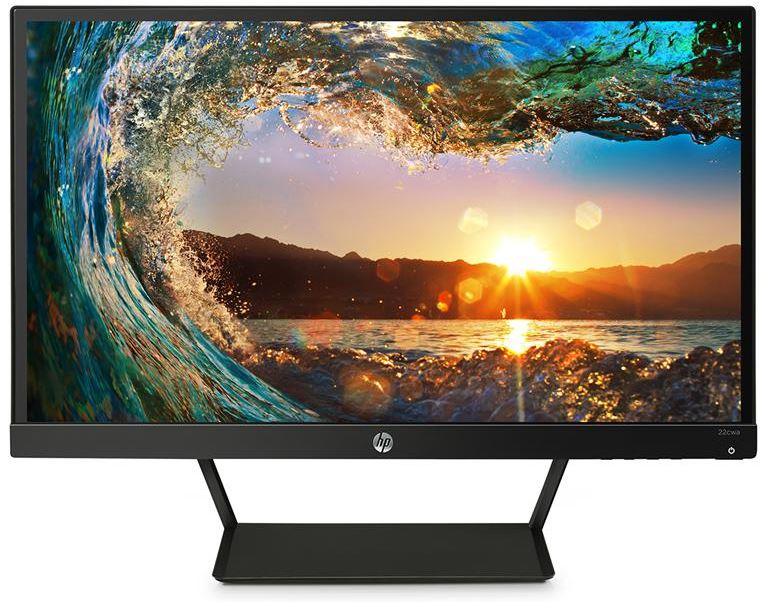
Image Sharpness
The main reason to consider this monitor is a technology called IPS. IPS stands for in plane switching. Basically, all monitors are made up of pixels. Each pixel contains red, green, and blue LEDs. Standard panels use TN, or twisted nematic. Essentially, this means that the sub pixels are three different LEDs arranged in a triangular shape. The result is that the pixels are not perfectly square, which reduces color accuracy. With IPS panels, the RGB LEDs are contained within a lensed housing. Your eyes are not able to differentiate one subpixel from another, creating a very sharp looking image.
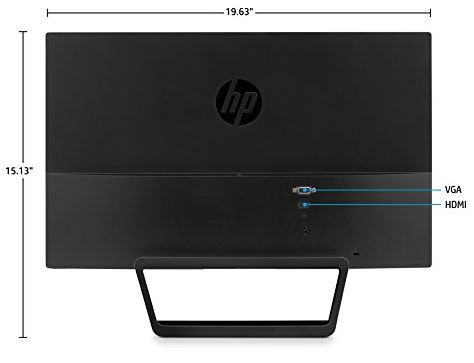
The display has a resolution of 1080p. While this isn’t the highest resolution on the market, 1080p is still the de-facto standard for computing. This resolution means that gamers can enjoy a high framerate, while still receiving a sharp image that allows you to make out even the smallest details.
At 21.5” across, this monitor has a pixel density of 102ppi. This comes in a little shy of the retina category, making it best for gaming, office use, or enjoying HD content.
Color Reproduction
Aside from sharpness of image, IPS panels excel in color reproduction. We found that the colors come out as vibrant, deep, and well pronounced. Even when looking at a smooth gradient, you won’t find any banding or distortion present.
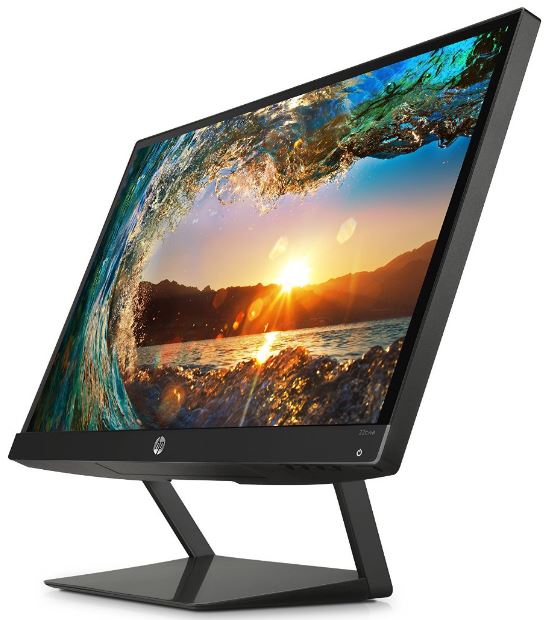
Many IPS displays on the market are designed to be as accurate as possible. This might be something you’d be looking for if you were a graphic designer, but it would be a lot like playing music through studio monitors. Even though they are analytical, they come across as a little flat and lifeless. The 22cwa is a little peppier. Colors might not be dead accurate, but they’re fun and enjoyable to look at. Watching movies felt a lot more like a television grade experience.
Contrast
Contrast is an essential metric of any monitor, but measuring it isn’t always as simple as you might think. A few years ago, 2000:1 was a good contrast ratio. This means that the brightest white a monitor can produce is 2000 times brighter than the deepest black. But these standards were set at a time when the entire monitor was uniformly lit by a cold cathode. With LED displays, we have what is called dynamic contrast. This means that each pixel has its own LED backlight, which can be turned on or off as needed. This allows the 22cwa to achieve a contrast ratio of 8,000,000:1. This is possibly only because when a pixel is black, that portion of the monitor is turned off. You won’t run into scenarios where as soon as you flip on the monitor, the display becomes gray and washed out.
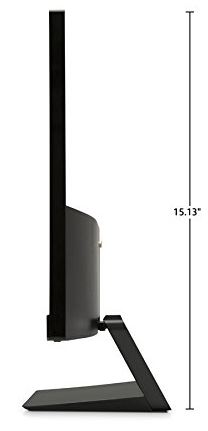
This ultra-high contrast is great for text. The screen is very easy on the eyes, and even reading for a long time doesn’t cause eye strain. Even though this monitor is clearly geared towards people who work with color images a lot, this contrast is essential for anyone who wants to be able to perform office tasks.
Response Rate
How quickly a monitor responds to input is one of the most important metrics for gamers. Obviously, faster is better. In an ideal world, we’d all be using monitors that could update the display the instant the video signal was sent to it. Unfortunately, this is impossible. So we use response rate as a way to gauge how long it takes a monitor to change the pixels.
As with any specification, it’s easy to get caught up in the numbers and forget what they actually mean. So let’s take a moment to put this in perspective. Video is just a series of still images played back at high speed. If you’re playing a game and your graphics card is cranking out 60 FPS, you’re seeing 60 different still images on the screen every second. This means that every image is on the screen for a total of 16 milliseconds. If you’re gaming at 120 frames per second, then each image is on the screen for 8 milliseconds. All people have different sensitivities to frame rate. To some, 60 frames per second seems choppy. To others, it seems totally smooth.
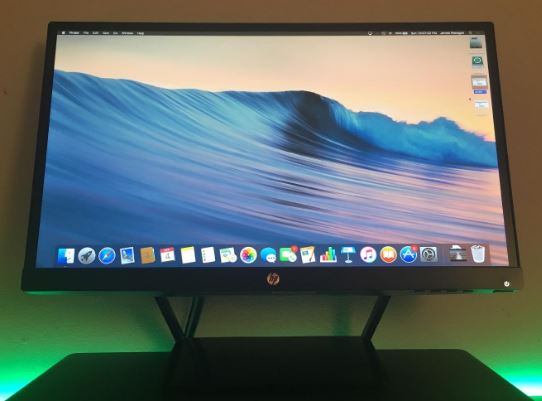
Refresh rate is important because it can limit your maximum frame rate. With a 16-millisecond response time, your monitor would have only just finished drawing the last frame by the time it needs to start drawing the next one. If you had a 20-millisecond response time, you’d never truly get 60 frames per second of video.
Another important thing to consider is that pixels don’t just instantly go from one color to another. It’s more of a gradual fade. Moving from dark blue to light blue will be quicker than going from black to white. For this reason, the best measure of response time is “grey to gray.” This is the time it takes for the monitor to go from gray (a mixture of all colors) to black, then back to gray. This is the longest possible transition a monitor could make. The 22cwa has a gray to gray response time of 7 milliseconds. This means that your maximum possible frame rate is 142 frames per second. For most, this makes the monitor more than adequate for gaming.
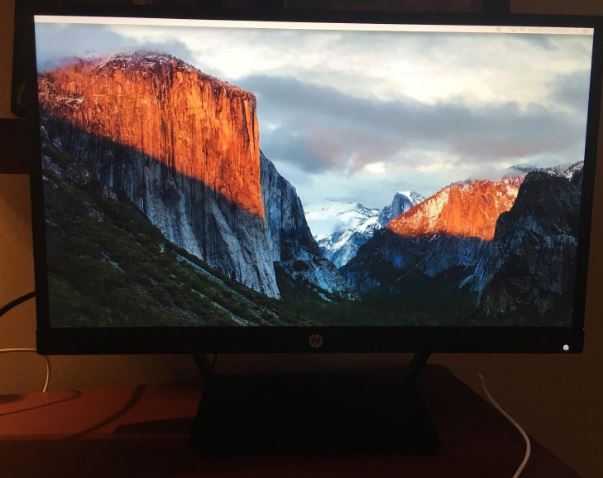
Durability
Although this monitor is made from plastic, we were quite happy with how well it was put together. Picking it up, we found it to feel quite solid in the hand. It didn’t creak or feel fragile. When we adjusted the tilt of the monitor, the motion was smooth and stayed firmly in place. While this isn’t something we’d want to lug around with us, we fully expect it to last many years.
Final Verdict
It would be unfair of us to call the HP Pavilion 22cwa high end. It’s a monitor aimed squarely at the budget minded crowd. If you’re looking for something that has the most accurate color reproduction, the fastest possible response time, or the largest viewing area, this is not the monitor for you. Even though it’s not perfect, it’s still pretty good in almost every regard. You can spend hours editing documents on it without suffering from eyestrain. The colors are just vibrant enough to be engaging, but realistic enough to be suitable for graphic work. The response time is fast enough for gaming, even with a high end graphics card.
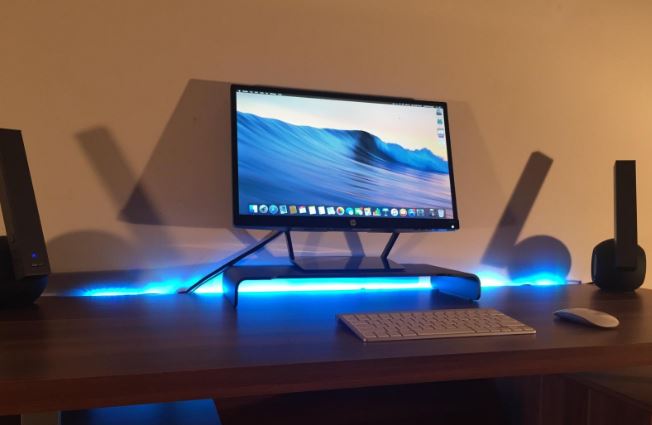
This makes it a bit of a jack of all trades solution. Unless there is something very specific you need, chances are this monitor will be exactly what you need.
Not happy with the screen size? We recently took a look at the Samsung CF791. This curved 34” monitor provides more screen real estate than you can imagine, giving an almost television like experience. Alternately, if you’re looking for something that provides a more moderate upgrade to the 22cwa, check out our list of the best 27” LED monitors on the market. You don’t quite get the same bang for your buck as with this model, but these monitors pack a little more punch in the performance department.
Meet Ry, “TechGuru,” a 36-year-old technology enthusiast with a deep passion for tech innovations. With extensive experience, he specializes in gaming hardware and software, and has expertise in gadgets, custom PCs, and audio.
Besides writing about tech and reviewing new products, he enjoys traveling, hiking, and photography. Committed to keeping up with the latest industry trends, he aims to guide readers in making informed tech decisions.

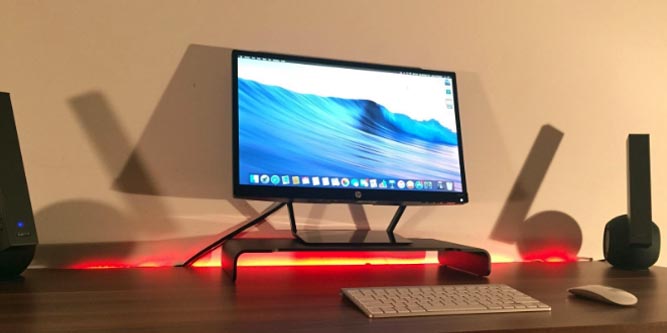
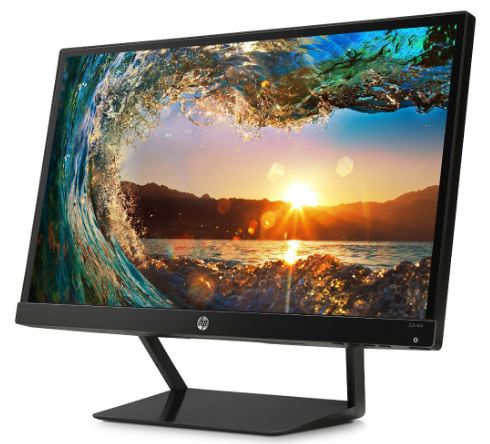
U are right, I got it for my birthday and it was so good, I WAS IN SHOCK!!!!!